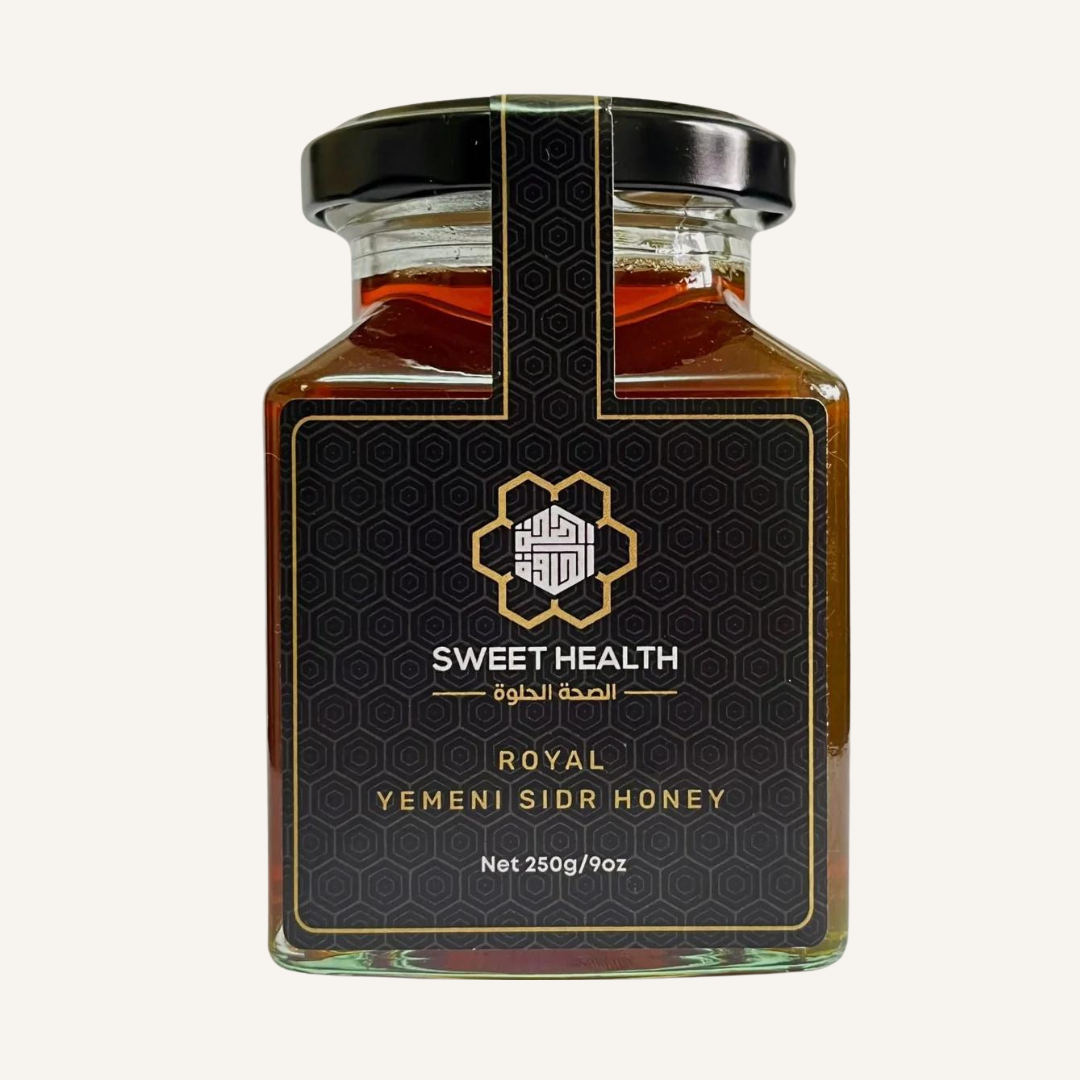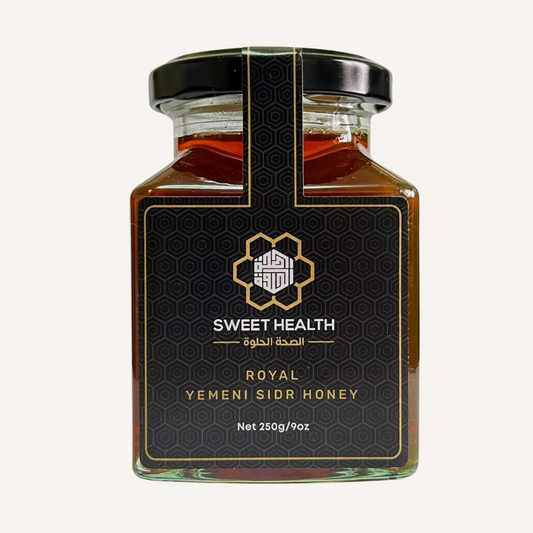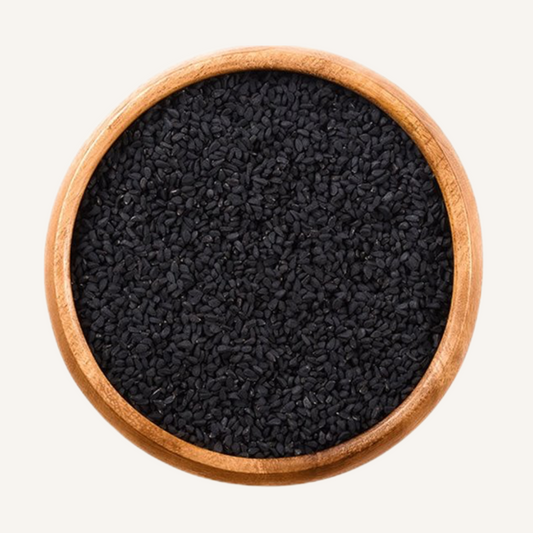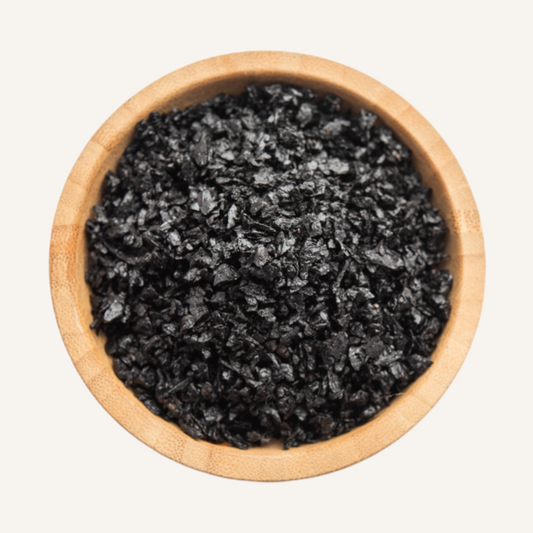
Inflammation & Anti-Inflammatory Diets: A Guide
Abdullaah KhanShare
Inflammation & Anti-Inflammatory Diets: What You Need to Know
Chronic inflammation is a sneaky little culprit. It’s often behind the scenes, slowly wearing the body down while we go about our daily routines.
Although short-term (acute) inflammation is part of the body’s healing process—think swelling around a cut or bruise, long-term (chronic) inflammation can pave the way for health issues ranging from joint pain to heart disease.
The good news? Your daily food choices can play a pivotal role in calming or fuelling the fires of inflammation.
Below, we’ll explore what inflammation is, what triggers it, and how simple dietary shifts, along with products from Sweet Health, may support a more balanced, vibrant you.
What Is Inflammation?
Inflammation is your immune system’s natural response to injury, pathogens, or irritants. In its acute form, it’s actually a sign that your body is working hard to protect and heal itself. However, when inflammation becomes chronic, it can lead to tissue damage and contribute to the development of various health concerns.
Signs of Chronic Inflammation
- Persistent fatigue
- Recurring joint or muscle pain
- Digestive issues (e.g. bloating, irregular bowel movements)
- Frequent infections or slow wound healing
If any of these sound familiar, it might be time to look at lifestyle factors—especially your diet.
What Fuels Chronic Inflammation?
A number of lifestyle habits and stressors can fan the flames of chronic inflammation:
-
Highly Processed Foods
These include sugary drinks, refined grains (white bread, pastries), and trans fats (found in some fried or packaged snacks). -
Excess Sugar
A heavy sugar load can contribute to insulin resistance, which is linked with inflammatory pathways. -
Chronic Stress
Ongoing stress elevates cortisol, a hormone that can throw off immune function when levels remain high for extended periods. -
Insufficient Sleep
Skimping on rest can lead to hormonal imbalances that aggravate inflammation. -
Sedentary Lifestyle
Lack of movement can slow circulation and allow inflammatory markers to build up in the bloodstream.
The Power of Anti-Inflammatory Foods
The cornerstone of an anti-inflammatory diet often includes nutrient-dense, colourful foods that provide antioxidants, vitamins, minerals, and healthy fats. These compounds help neutralise free radicals and support the body’s ability to regulate inflammation.
Key Food Groups
-
Fruits & Vegetables
Aim for a rainbow of colours - berries, leafy greens, peppers, tomatoes, and cruciferous veggies. Each hue provides different antioxidants that help quell inflammation. -
Whole Grains
Swap refined grains for brown rice, quinoa, oats, or wholemeal bread. The extra fibre can help stabilise blood sugar and feed beneficial gut bacteria. -
Healthy Fats
Seek out avocados, nuts (almonds, walnuts), seeds, and fatty fish (salmon, mackerel) for their omega-3 content. -
Herbs & Spices
Turmeric, ginger, and garlic are often praised for their inflammation-fighting properties. A pinch of Organic Saffron can also bring a touch of antioxidants to your recipes. -
Black Seeds & Black Seed Oil
Both Organic Raw Black Seeds and Organic Black Seed Oil are known for their potent compounds, including thymoquinone, which studies suggest could help modulate inflammatory pathways.
Tip, experiment by sprinkling black seeds over roasted veggies or drizzling black seed oil into homemade dressings for an earthy, peppery twist.
Simple Swaps for Everyday Meals
Transforming your diet doesn’t have to be drastic. Small, consistent changes often have the biggest impact on inflammation over time.
Breakfast
- Then: Sugary cereal, white toast, jam.
- Now: Wholegrain oats topped with fresh berries, a spoonful of Raw Royal Yemeni Sidr Honey (for a natural sweetener in moderation), and a sprinkle of seeds.
Lunch
- Then: Processed deli meat sandwich on white bread.
- Now: Wholemeal bread packed with grilled chicken or legumes, leafy greens, and a drizzle of Organic Black Seed Oil in place of commercial sauces.
Dinner
- Then: Fried takeaway or creamy pasta.
- Now: Salmon or tofu stir-fry with mixed vegetables, seasoned with ginger, garlic, turmeric, and a pinch of saffron for colour and flavour.
Snacks
- Then: Crisps, biscuits, or sugary granola bars.
- Now: Carrot sticks with hummus, nuts, or a piece of fruit with a light drizzle of honey.
Lifestyle Habits for Reducing Inflammation
-
Prioritise Sleep
Aim for 7–9 hours per night. Consistent rest allows your body to repair and regulate inflammatory responses. -
Stay Active
Regular moderate exercise, such as brisk walking or cycling, can help lower inflammation markers in the blood. -
Manage Stress
Techniques like meditation, yoga, or even just a few minutes of deep breathing can help regulate cortisol levels. -
Stay Hydrated
Water is crucial for flushing out toxins and keeping your cells functioning optimally. -
Consider Natural Supplements
While whole foods are your best bet, certain supplements, like Pure Himalayan Shilajit Resin, could offer additional support. Always consult a healthcare professional before starting any supplement regime.
Final Thoughts
Chronic inflammation doesn’t develop overnight, and neither does an anti-inflammatory lifestyle. Start small by swapping out highly processed items for colourful, whole foods, and gradually incorporate stress management and regular movement. Over time, these incremental changes can help your body stay balanced, energetic, and more resilient to health hiccups.
With a little know-how and high-quality ingredients, you can create meals that don’t just satisfy your taste buds, but also help keep chronic inflammation in check. Remember, everyone’s body is different. Listening to how your body responds is key to discovering the anti-inflammatory strategies that work best for you.
References
- Calder, P. C. (2017). Immunomodulatory and anti-inflammatory effects of n-3 polyunsaturated fatty acids. Current Opinion in Clinical Nutrition & Metabolic Care, 20(2), 97–103.
- National Health Service (NHS). (2023). How to eat a balanced diet.
- Public Health England. (2020). Eatwell Guide.
- Giustarini, D. et al. (2017). Nigella sativa, a potential remedy for preventing and treating diabetes. Current Opinion in Food Science, 14, 20–25.
- World Health Organization (WHO). (2021). Healthy diet.
(Disclaimer: This article provides general information and does not replace professional medical advice. Always consult a qualified healthcare professional for personalised guidance.)








